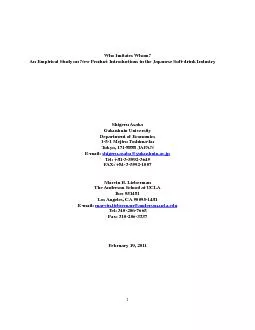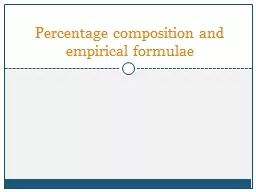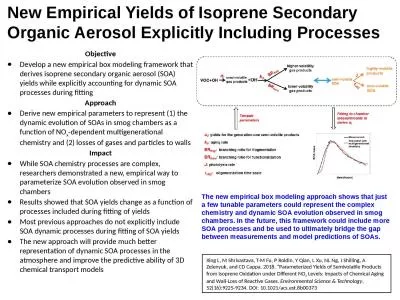PDF-Who Imitates Whom? An Empirical Study on New Product Introductions in
Author : sherrill-nordquist | Published Date : 2015-08-11
Tel 81359923649 FAX 81359921007 Marvin B Lieberman The Anderson School at UCLA Los Angeles CA 900951481 Tel 3102067665 February 19 2011 Who Imitates Whom A Study
Presentation Embed Code
Download Presentation
Download Presentation The PPT/PDF document "Who Imitates Whom? An Empirical Study on..." is the property of its rightful owner. Permission is granted to download and print the materials on this website for personal, non-commercial use only, and to display it on your personal computer provided you do not modify the materials and that you retain all copyright notices contained in the materials. By downloading content from our website, you accept the terms of this agreement.
Who Imitates Whom? An Empirical Study on New Product Introductions in: Transcript
Download Rules Of Document
"Who Imitates Whom? An Empirical Study on New Product Introductions in"The content belongs to its owner. You may download and print it for personal use, without modification, and keep all copyright notices. By downloading, you agree to these terms.
Related Documents














